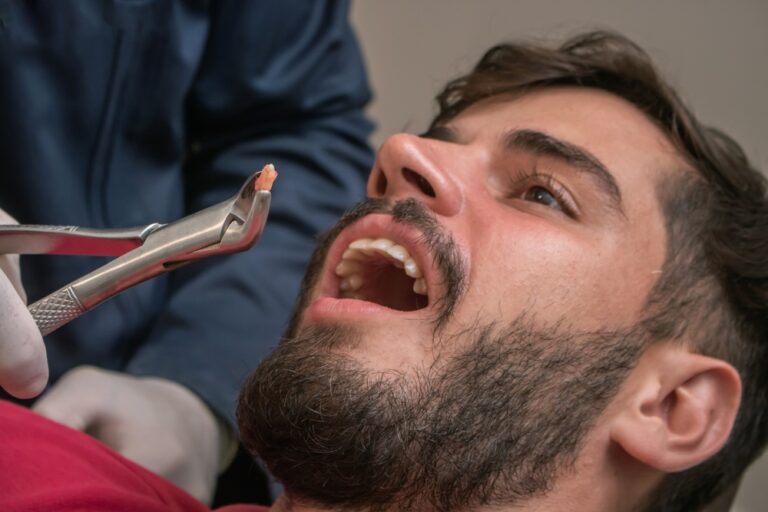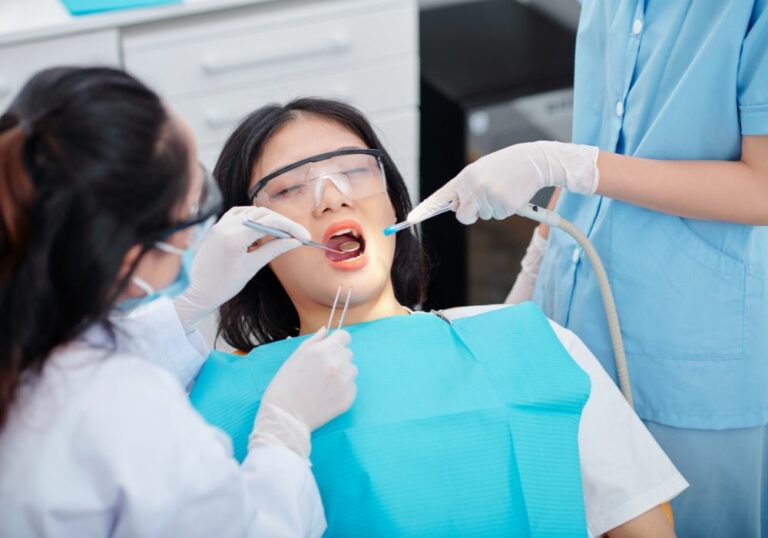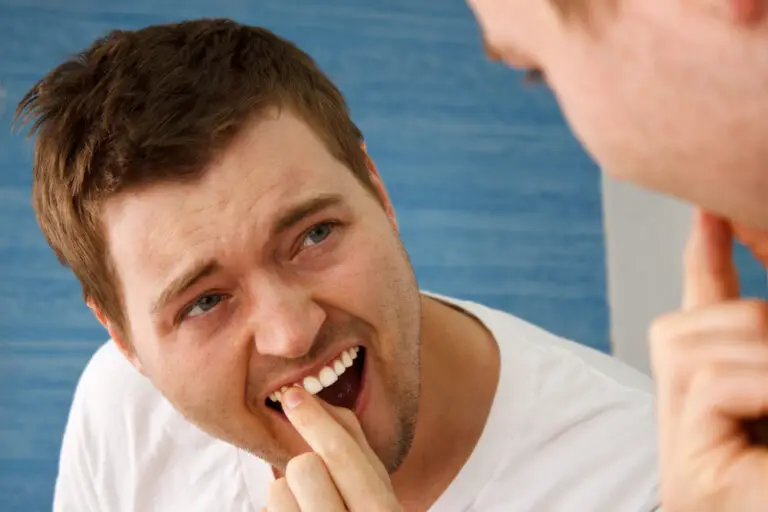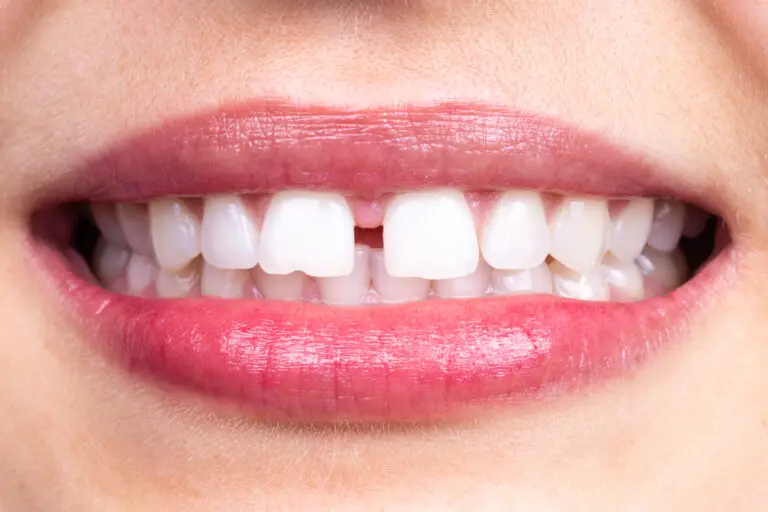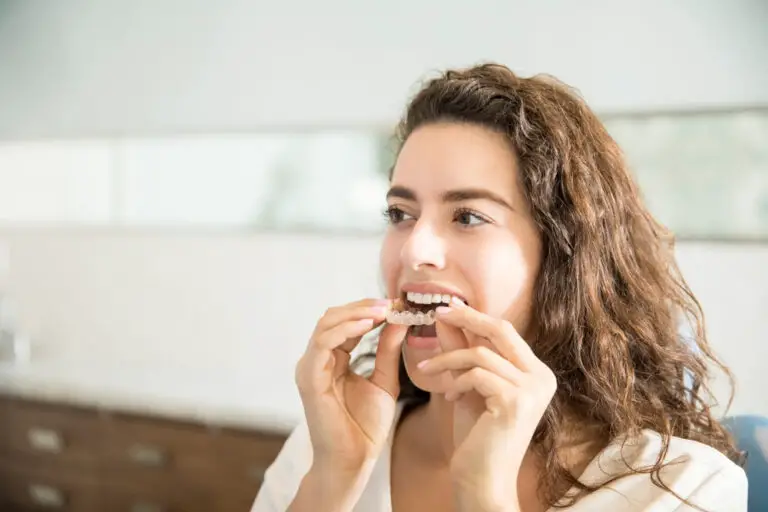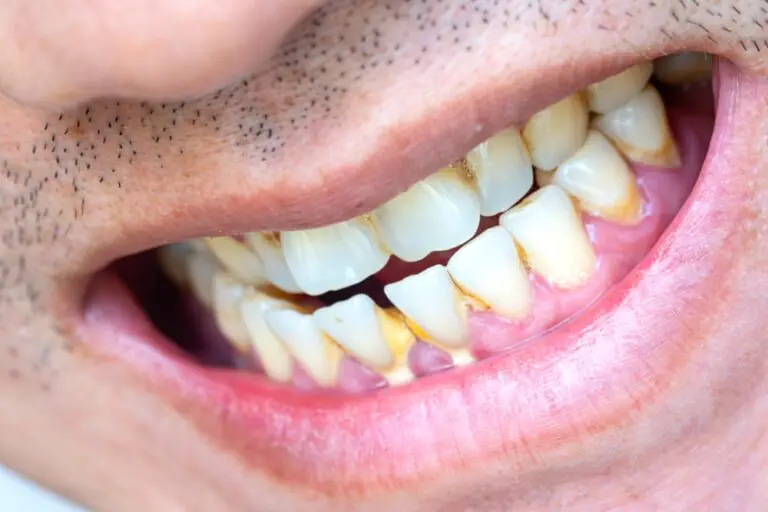Are you looking to get a puppy? Or do you already have one? Well, congratulations.
Puppies bring love and affection to homes. They are adorable and possess boundless energy that never ceases to melt the hearts of their owners. But they are not without a few challenges.
How, you may wonder?
Like human babies, puppies also lose a set of baby teeth (known as primary or deciduous teeth). This process can lead to annoying behaviors, like excessive chewing, nipping, and drooling. Let’s not forget the puppy dramas.
But when do puppies lose their baby teeth?
Stick around as we answer this question and more in the sections below!
A Puppy’s Baby Teeth Development Process
To better understand how puppy loses their baby teeth, it’s best to start from the beginning. Puppies get their first teeth at the age of three to four weeks. But in some dog breeds, the teething process can delay up to the eighth week.
Usually, incisors grow first in the front of the mouth, followed by canines, which are bigger and fang-like. The premolars come last.
Puppies will continue growing pearly whites over the next three to five weeks until the puppies reach the age of six to eight weeks. By this point, your puppy will have 28 tiny, razor-sharp teeth for chewing and exploring their world.
But remember, the teething process is uncomfortable for the puppy. So, don’t be surprised if your pet chews your furniture, legs, arms, or other objects within his reach.
Experts believe chewing helps the puppies reduce the discomfort associated with teething. Fortunately, you can help your furry friend by providing him with appropriate chew toys.
But ensure the toys are flexible. If they are too hard, the toys can break your pup’s tiny, fragile milk teeth.
When Do Puppies Lose Their Baby Teeth?
Based on the teething outline, expect your young canine friend’s teeth to start falling out immediately after he reaches three to four months of age. At first, the incisors will fall out, followed by canines and premolars. During this time, adult molars will also develop.
At six months, your pet should have lost all his teeth and grown a new set of 42 permanent teeth. But if you notice some retained baby teeth, inform your vet so they can get removed. This is common in some dog breeds, like Yorkshire Terriers and Chihuahuas.
Also, keep an eye out for other potential tooth problems, including:
- Two adult teeth accommodating a single socket in the canine’s mouth- If not addressed quickly, the puppy might grow crooked teeth, which can cause problems in the future.
- Crooked adult tooth or malocclusion–If your puppy has misaligned teeth but a functional bite (normal bite), there’s no need for concern. But if the misalignment causes a non-functional bite, consult your local vet. Otherwise, the crooked teeth will interfere with the other teeth or penetrate gum tissues. As a result, they may limit the pup’s ability to eat.
- Blood spot on your puppy’s toy or bleeding gums- These issues might arise from periodontal disease or other oral health problems. So, you must take action to save your friend’s dental health. The same applies to brown tartar on the dog’s teeth.
- Loose permanent teeth -Your puppy’s adult tooth might become loose after a trauma to the mouth or the onset of gum issues like periodontal disease.
- Broken adult teeth- Such teeth can expose the underlying nerve endings, causing you puppy immeasurable pain and even infections.
What Are Puppy Teething Symptoms?
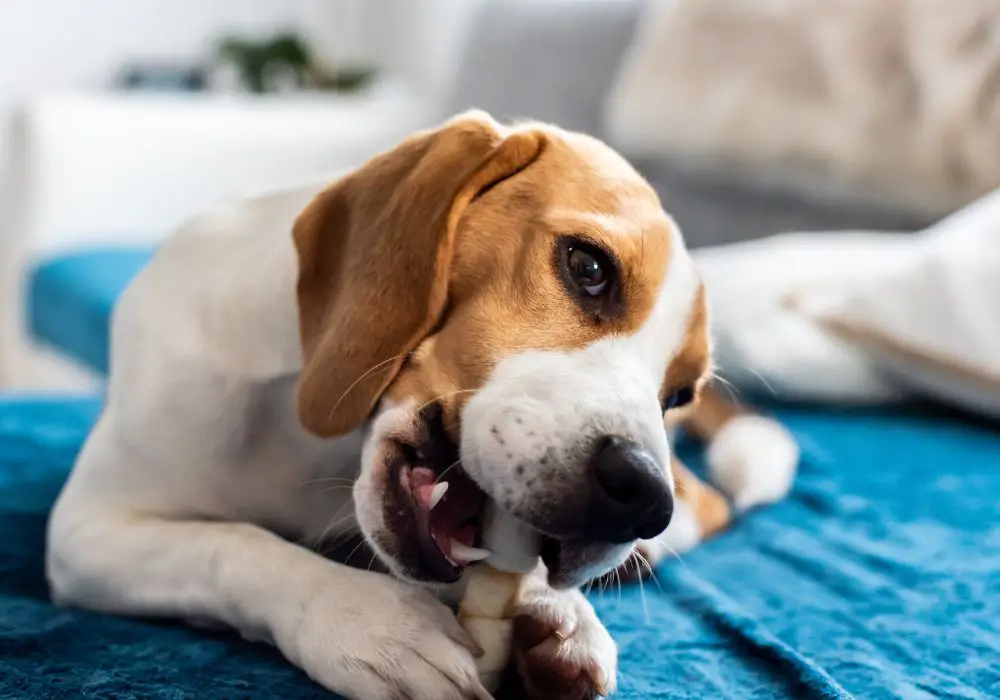
When growing and shedding deciduous teeth, puppies might display several signs and symptoms, including:
1. Excessive Chewing
Is your adorable little canine turning everything into a chew toy? Chances are, your pet is going through the teething process.
Puppies do a lot of chewing and biting when they are losing their primary teeth to make way for incoming adult dog teeth. So brace yourself because you will most likely notice your friend gnawing on your furniture legs, favorite shoe, or anything within reach.
But worry not! This is all part of their teething adventure. As said earlier, chewing and nipping help ease the discomfort and pain in their gums.
2. Increased Drooling
Do you love your puppy’s kisses?
Well, expect some extra splash of slobber when they are teething. The pain in their gums and mouth stimulate salivation, leading to excess drooling. And the drooling increase whenever your puppy chews something.
So, if you wish to avoid a drool-tastic experience, keep a towel close by. Alternatively, you can embrace the extra moistness like a good pet parent.
3. Red or Swollen Gums
Bleeding, red or swollen gums are quite normal during teething. This happens because your puppy’s body tries to get rid of milk teeth and grow new adult teeth.
The redness and soreness might persist for a few months, even after all the permanent teeth have erupted.
You might also notice bleeding, especially if your pup has sensitive gums. But this is normal, so don’t be alarmed. However, if your friend’s toy is soaked in blood, schedule an appointment with your veterinarian.
4. Slow to Eat
When shedding teeth, your puppy might eat slowly or stop eating altogether. This means he’s mouth and gums hurt a lot.
The best solution here is to consult your vet to get suggestions. In most instances, this expert might recommend some soft foods that will not irritate your puppy’s sensitive gums.
It also helps to provide your pet with some supplements to ensure he gets all the necessary nutrients for teeth growth and recovery.
5. Visible Lost Teeth
Another obvious sign of teething is visible lost teeth. You might notice some of your dog’s teeth on the floor or stuck on his favorite chew toy.
But sometimes, the puppy might swallow their teeth by accident while eating. Luckily, these teeth are small and will pass through the pet’s digestive system harmlessly. And eventually, it will pop out when the puppy goes to poop.
6. Change in Behavior
It’s no surprise for puppies to become cranky or irritable when teething. But unlike humans, these canines cannot talk.
So, how do you know they are experiencing pain?
Well, they whine a lot, especially when eating or chewing their favorite toy. You will also notice your puppy pawing at its face.
But fear not! The whining will reduce or go away, once the pup gains a new set of adult teeth.
How to Help Your Puppy Through Teething?
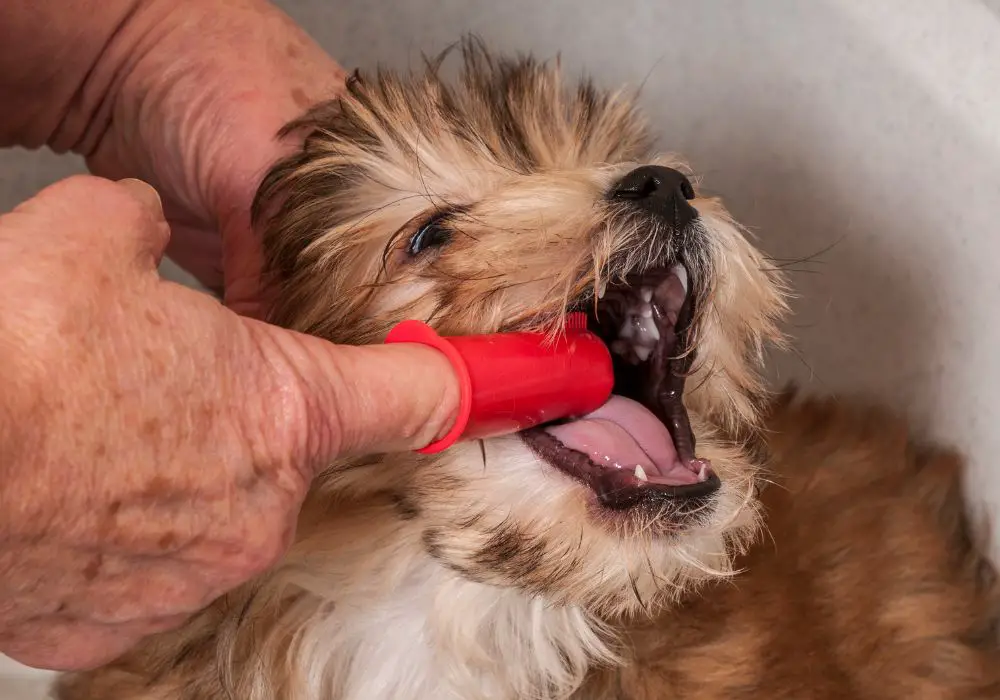
Teething is an integral part of a puppy’s development. However, you can do a few things to make this experience more bearable for your furry friend. These could include:
1. Never Pulling Out Lose Teeth
Some dog owners might get tempted to pull out the loose deciduous teeth, but veterinarians recommend against it.
You should let the baby’s teeth fall out naturally. Keep in mind, these teeth have long roots. So, if you forcefully pull them out, they might break and leave a section behind.
When this happens, your puppy can experience significant pain. He might also become susceptible to an infection.
If that’s not enough, you might put yourself at risk too, because your adorable friend might bite you. Even worse, he might never let you touch his mouth ever again.
2. Feed Your Puppy Ice Cubes
Besides soft puppy food, consider giving your friend some ice cubes. The coldness of the ice will create a soothing effect, helping to ease the pain and soreness of the gum and other areas of the mouth.
The hard nature of ice cubes will also hasten the teething process by helping loose teeth fall off.
To spice up things a little, make the ice cubes from your puppy’s favorite broth.
3. Invest in the Right Toys
Get your puppy something to sink his sore teeth into. This way, you can prevent him from chewing your clothes, shoes, furniture, and pillows.
The right chew toys will apply pressure to your canine’s gums, making them less painful. These toys also prevent the puppy from chewing other items that might cause digestive problems, like Pica.
For adult dogs, chew toys can satisfy their instincts and help them keep their jaw strong and teeth healthy.
What’s even interesting, some toys allow you to place treats inside them to keep your puppy busy and mentally stimulated.
4. Use dog-friendly Toothbrush and Toothpaste
Dog-friendly toothpaste has a unique composition that breaks down and removes plaque from your pet’s teeth. This help prevents oral health problems like periodontal disease.
Avoid using human toothpaste to clean your puppy’s teeth, as they contain toxic compounds like xylitol.
Closing Thoughts
There you have folks! The amazing journey of puppies shedding their baby teeth and growing permanent teeth.
Based on this information, it is clear that puppies grow their first teeth as early as two weeks of age. And by the 12 weeks, these pearly whites begin to shed, making way for adult teeth.
However, the teething process is no walk in the pack and involves lots of pain, discomfort, changes in behavior, and some bleeding. But you can address these issues by getting your puppy an appropriate chew toy and a few broth-based ice cubes.
While this journey might seem overwhelming, it’s crucial to provide your friend with all the care you can afford. And before you know it, this experience will be a distant memory.
If you have any queries, feel free to let us know in the comment section.

